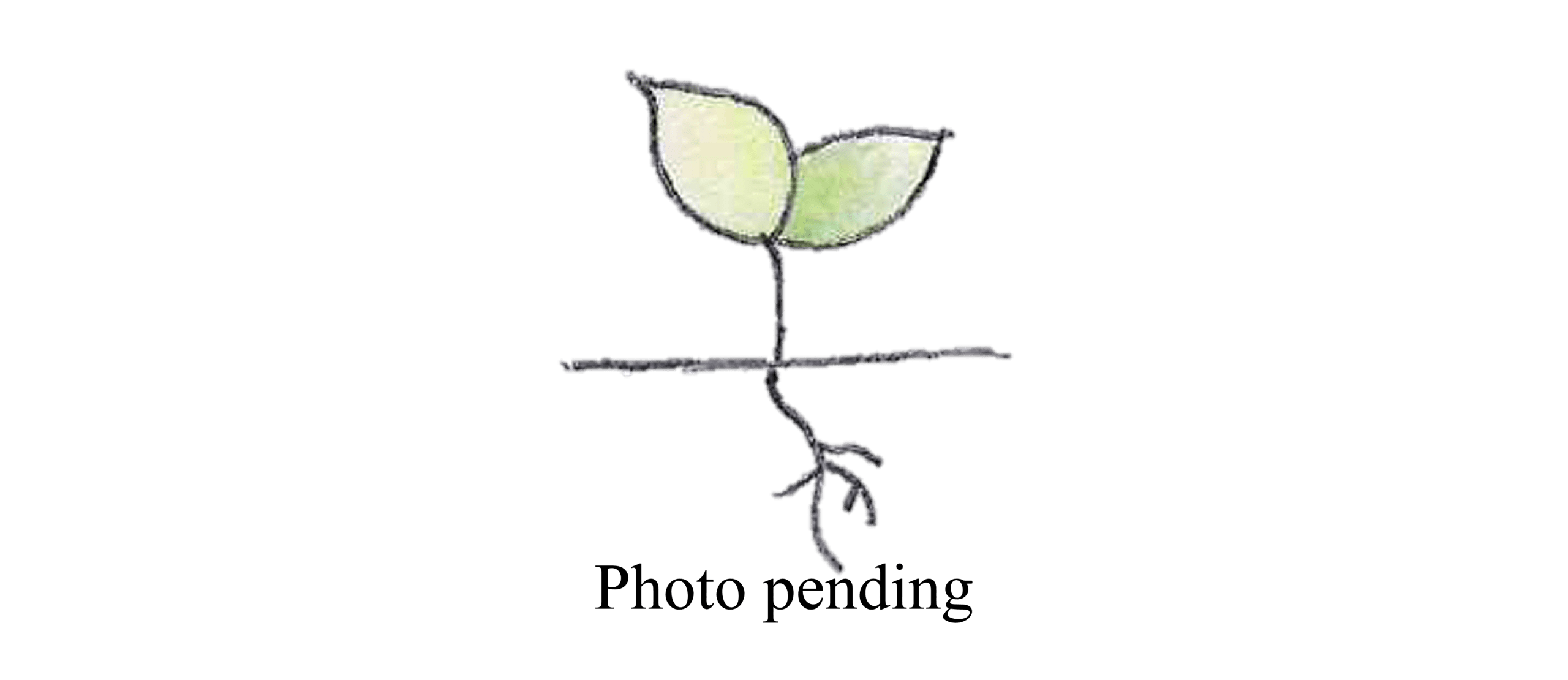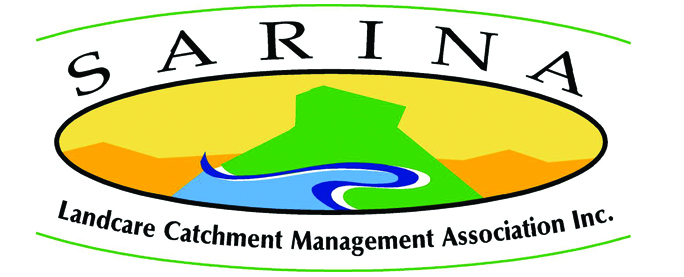Coastal screw palm
Pandanus tectorius, Fam. Pandanaceae

Small palm-like tree up to about 12m tall with clusters of sword like leaves at the ends of the branches, a pale grey trunk ringed with leaf scars and dotted with nodules, and numerous prop roots.
| Weed Category: | |
| Weed: | No |
| Form or habit: | Palm or palm-like plant |
| Family: | Pandanaceae |
| Leaf: | Spirally arranged, crowded on the end of branches, linear and keeled, m shaped in cross section, prickles on margins and midrib below. |
| Flower conspicuous: | Conspicuous |
| Flower colour: |
White |
| Flower description: | White, terminal, dioecious flowers. Female flowers consist of an ovoid head of densely packed ovaries, each containing one ovule. |
| Fruit conspicuous: | Conspicuous |
| Fruit colour: |
Green, Orange, Yellow, Red |
| Fruit: | |
| Fruit description: | When fertilised, the ovules expand to form a large pineapple like fruiting body, a syncarp, which changes from green to orange red or yellow when ripe and breaks into separate wedge shaped segments. Autumn to summer. |
| Habitat: | Coastal dune, woodland. |
| Distribution | Queensland, New South Wales, Northern Territory, New Guinea, Melanesia, Pacific Islands. |
| Food source for: | Fruit eaten by the black footed tree rat, common noddy, red tailed, sulphur crested and palm cockatoos, eclectus parrot, southern cassowary and silver eye. Roots eaten by the pale field rat. Larval food plant of the moths Trissodoris honorariella, Trissodoris larozona and Echinoscelis spp. |
| Toxicity: | Edible, however the pulp from the fruit segments must be boiled or roasted to prevent irritation to the mouth and throat. |
| Origin: | Australia, New Guinea, Melanesia, Pacific Islands. |
| Notes: | Grow from fresh seed, germination success may be improved by sowing in waterlogged soil. Records of use by Aborigines in northern Queensland for weaving. The soft, white leaf bases can be eaten raw or cooked, a small amount of sweet pulp can be obtained from the base of the ripe fruit segments but must be boiled or roasted to prevent irritation to the mouth and throat, seed can be eaten raw or roasted. Some Aboriginal communities used various parts of the plant to treat colds, sores, diarrhoea and toothache. In Polynesia, the leaves are used to make items such as mats, thatch, hats, sails and baskets. The fruit and prop roots are eaten, the tips of the prop roots are used in medicines, the wood and prop roots are used in house building, and the male flowers are used to scent coconut oil. |
| Information sources: | Melzer R. & Plumb J. (2007) Plants of Capricornia. |



